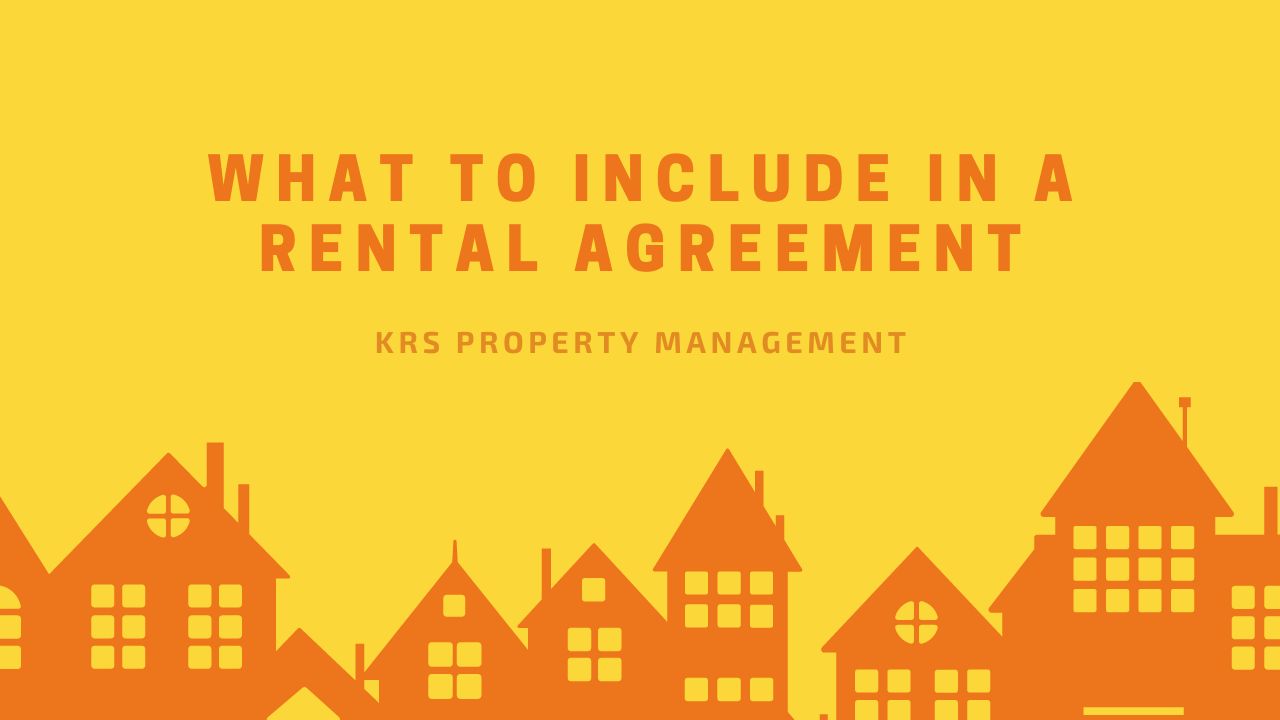
While renting out your property can be a rewarding investment, it comes with a set responsibilities and risks. One of the most crucial documents you need in protecting yourself as a landlord is to draft a solid rental agreement.
This document serves as a binding contract between you and your tenants, outlining the terms and conditions of the tenancy. A well-written rental agreement helps prevent misunderstandings, disputes, and legal issues.
Here are the essential elements you should include in a rental agreement:
Basic Information
Your rental agreement should clearly state the full names of all tenants who will reside in the property. This includes every adult occupant, as they will each be legally responsible for the lease's terms.
Include the property’s complete address, including the unit number if applicable. It’s important to specify the lease start and end dates, along with the length of the tenancy (e.g., month-to-month or a fixed-term lease).
Rent Details
Rent is the primary reason for the rental agreement, so be explicit about the amount, due date, and payment method. Here’s what to include:
Rent Amount: State the exact rent amount tenants must pay each month.
Due Date: Specify the due date to collect rent payments, typically the first of the month.
Late Fees: Outline any late fees for late rent payments. Be clear about when a payment is considered late and the amount of the fee.
Payment Methods: List acceptable payment methods, such as checks, bank transfers, or online payment platforms.
Security Deposit
A security deposit provides financial protection in case of damage to the property or unpaid rent. In the rental agreement, specify:
Amount: The security deposit amount, which is usually one to two months’ rent.
Conditions for Return: The conditions under which the deposit will be returned after the tenancy ends, such as deductions for damages or cleaning fees.
Holding Period: State the time frame in which you will return the deposit after the tenant vacates, adhering to state or local laws.
Maintenance and Repairs
Clarify responsibilities for maintenance and repairs to avoid disputes. Specify:
Landlord’s Responsibilities: Outline what the landlord is responsible for, such as maintaining the structure, plumbing, and electrical systems.
Tenant’s Responsibilities: Indicate what tenants are responsible for, such as changing light bulbs, keeping the property clean, and reporting maintenance issues promptly.
Repair Requests: Provide instructions on how tenants should report maintenance issues and the expected timeline for repairs.
Occupancy Limits
To prevent unauthorised occupants, your rental agreement should specify:
Number of Occupants: The maximum number of people allowed to live in the rental unit.
Guests: Rules regarding long-term guests, including how long they can stay before being considered unauthorised occupants.
Pet Policy
If you allow pets, outline the pet policy clearly. Include:
Allowed Pets: The types of pets allowed (e.g., cats, dogs) and any breed or size restrictions.
Pet Deposit/Fee: Whether a pet deposit or monthly pet fee is required and the amount.
Responsibilities: Tenant responsibilities related to pet care, such as cleaning up after pets and preventing damage to the property.
Rules and Regulations
Your rental agreement should include any specific rules and regulations that tenants must follow. These may cover:
Noise Levels: Restrictions on noise, especially during certain hours, to avoid noise complaints.
Alterations: Policies regarding tenant modifications to the property, such as painting walls or installing fixtures.
Smoking: Whether smoking is allowed on the property, and if so, where.
Common Areas: Rules for using common areas, if applicable.
Termination and Renewal
Clearly state the terms for ending or renewing the lease, including:
Termination Notice: The notice period required by both landlord and tenant to terminate the lease, typically 30 or 60 days.
Early Termination: Any penalties or fees for early lease termination, and conditions under which tenants can break the lease early.
Renewal Terms: Whether the lease will automatically renew, convert to a month-to-month agreement, or require a new contract.
Entry to Property
As a landlord, you may need to enter the rental property for inspections, repairs, or other reasons. The rental agreement should outline:
Notice: The amount of notice you’ll give tenants before entering the property, usually 24 to 48 hours.
Emergency Access: Conditions under which you can enter the property without notice, such as emergencies.
Legal Clauses
Include legal clauses to protect yourself and clarify the legal standing of the agreement:
Severability Clause: A clause stating that if one part of the agreement is found to be invalid, the rest remains in effect.
Governing Law: Specify the state laws that govern the rental agreement.
Dispute Resolution: Outline how disputes will be resolved, whether through mediation, arbitration, or court.
Signatures
Finally, ensure that all tenants sign and date the rental agreement. Their signatures confirm their understanding and acceptance of the terms. As the landlord, you should also sign and date the document. Keep a copy for your records and store them safely. Provide a copy to the tenants.
Conclusion
A well-drafted rental agreement is the foundation of a successful landlord-tenant relationship. By including essential elements as mentioned above, you protect your interests and set clear expectations for your tenants.
Working with a professional property management company can further enhance your rental business, offering expertise, efficiency, and peace of mind. Contact KRS Property Management for expert advice!






